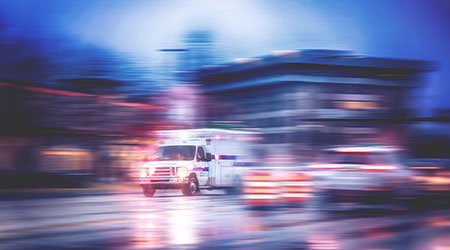As hurricanes, floods, and wildfires grow more frequent and severe, the healthcare facilities are evolving, according to an article on the Direct Relief website.
They’re installing solar power and backup generators that they never needed before, so they can stay open, protect medications, and access medical records.
In the wake of a disaster, healthcare facilities can provide vital primary care, whether that’s within the walls of a clinic, in patients’ homes, or in the one place where many of their patients are most likely to show up: an evacuation shelter.
For instance, doctors, nurse practitioners, and other staff members at Santa Rosa Community Health found themselves providing medical care in a local shelter – even as the Kincade Fire threatened the health center’s facilities.

 Contaminants Under Foot: A Closer Look at Patient Room Floors
Contaminants Under Foot: A Closer Look at Patient Room Floors Power Outages Largely Driven by Extreme Weather Events
Power Outages Largely Driven by Extreme Weather Events Nemours Children's Health Opens New Moseley Foundation Institute Hospital
Nemours Children's Health Opens New Moseley Foundation Institute Hospital Code Compliance Isn't Enough for Healthcare Resilience
Code Compliance Isn't Enough for Healthcare Resilience Ribbon Cutting Marks First Phase Completion for New Montefiore Einstein Facility
Ribbon Cutting Marks First Phase Completion for New Montefiore Einstein Facility